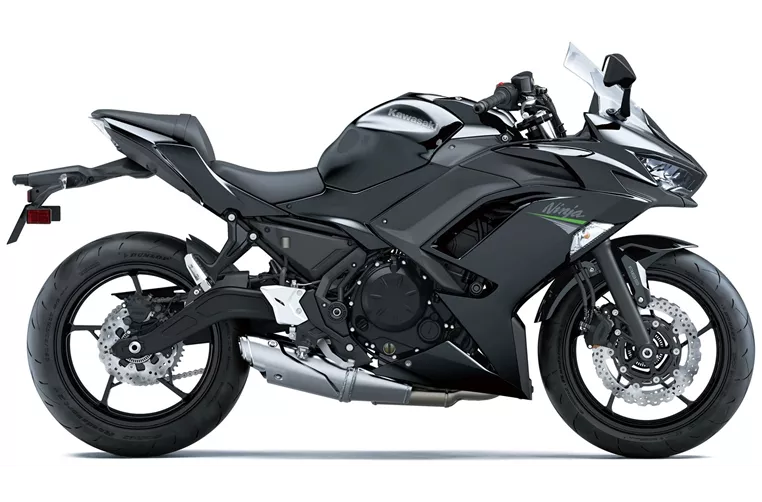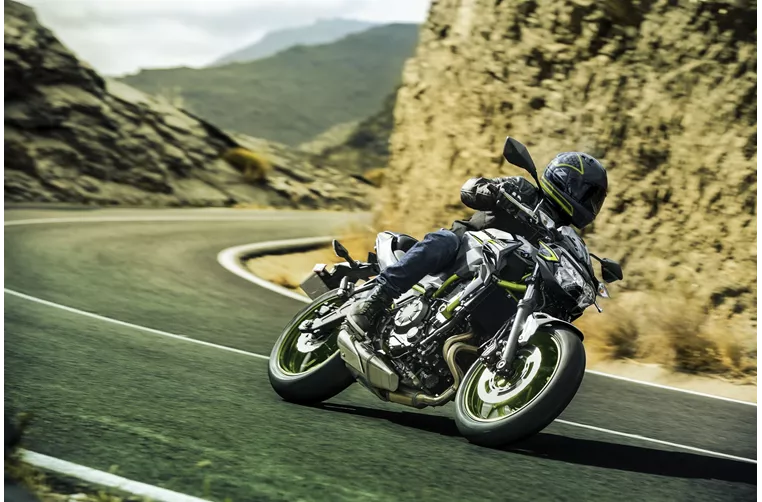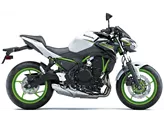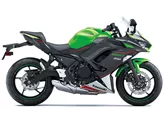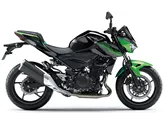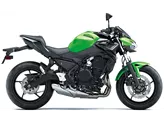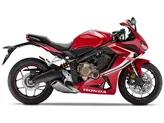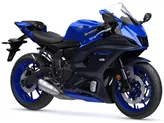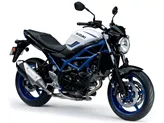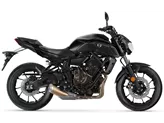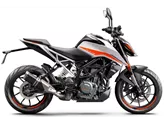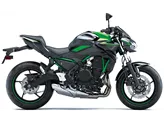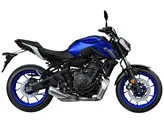Kawasaki Ninja 650 2020 vs. Kawasaki Z650 2021
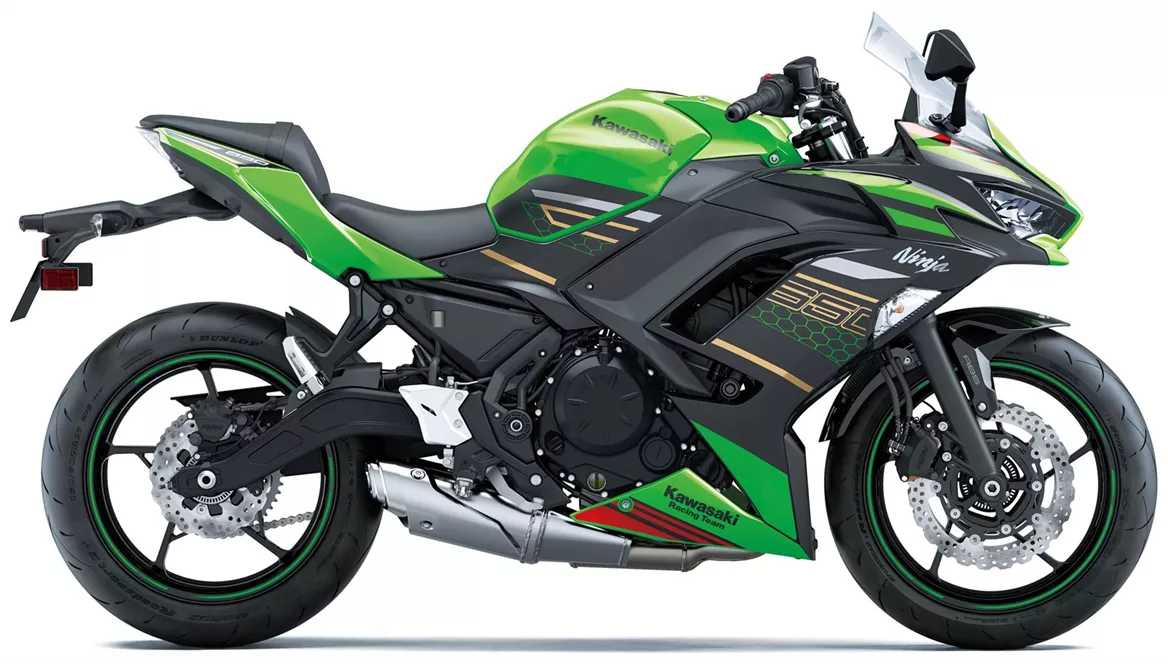
Kawasaki Ninja 650 2020

Kawasaki Z650 2021
Overview - Kawasaki Ninja 650 2020 vs Kawasaki Z650 2021
The Kawasaki Ninja 650 model year 2020 is one of the last of its kind, offering a powerful two-cylinder engine that delivers 68.2 horsepower and 65.7 Nm of torque. The engine features a liquid cooling system and a displacement of 649cc. It has a compression ratio of 10.8 and is equipped with a fuel injection system with a throttle bore of 36mm. The engine is paired with a 6-speed transmission.
In terms of suspension, the Ninja 650 2020 features a telescopic fork front suspension with a diameter of 41mm, and a swing arm rear suspension with a monoshock absorber and preload adjustment. The frame of the bike is made of steel and has a tubular structure. It has a rake of 65.5 degrees and a trail of 100mm.
The braking system of the Ninja 650 2020 consists of double disk brakes with a diameter of 300mm and double piston calipers. The brakes utilize petal technology for improved performance. The bike is also equipped with ABS for advanced rider assistance.
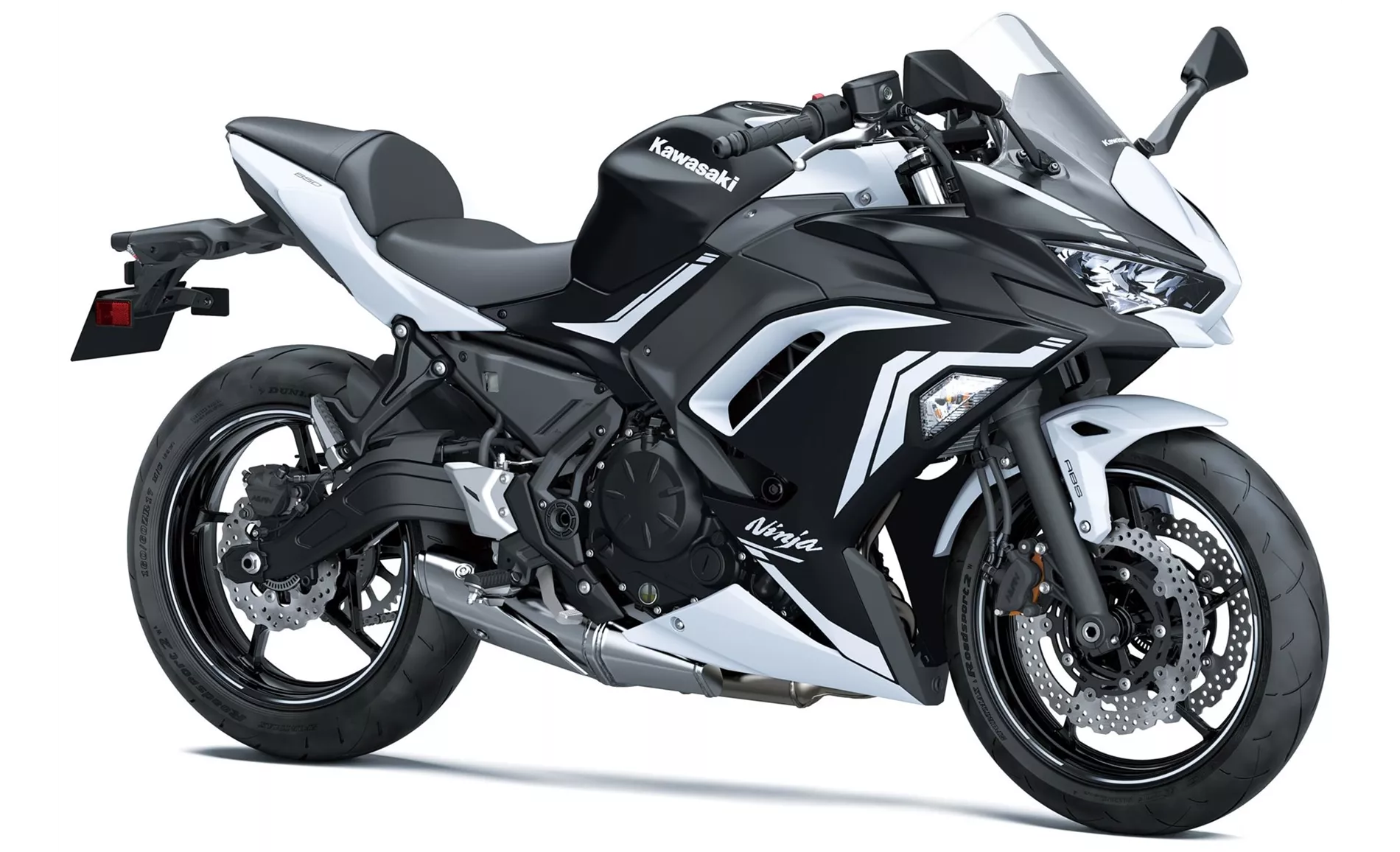
Kawasaki Ninja 650 2020
The dimensions and weights of the Ninja 650 2020 include a front tire width of 120mm and a diameter of 17 inches, and a rear tire width of 160mm and a diameter of 17 inches. It has a wheelbase of 1410mm and a seat height of 790mm. The bike has a kerb weight of 193kg with ABS and a fuel tank capacity of 15 liters.
In terms of equipment, the Ninja 650 2020 is equipped with LED daytime running lights, LED headlights, and a TFT display for easy visibility of information.
On the other hand, the Kawasaki Z650 model year 2021 shares many similarities with the Ninja 650 2020. It has the same engine specifications, suspension system, frame, brakes, and dimensions. It also features LED daytime running lights, LED headlights, and a TFT display.
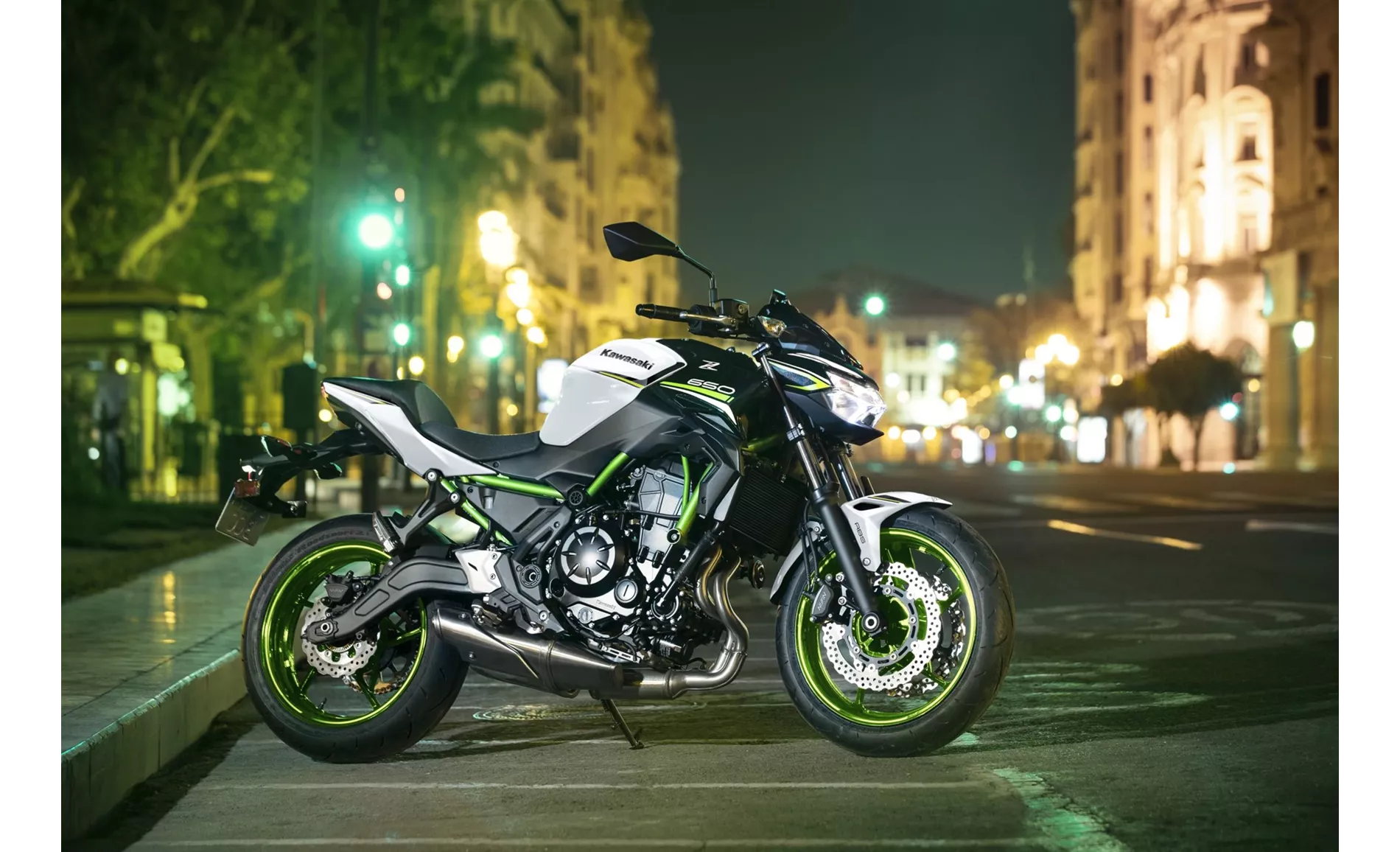
Kawasaki Z650 2021
The Z650 2021 has a slightly lower kerb weight compared to the Ninja 650 2020, weighing in at 187.1kg with ABS. It also has a low seat height, making it accessible for riders of all heights. The bike has a stable chassis, providing a confident and comfortable riding experience.
However, the Z650 2021 may not be as suitable for tall riders as the Ninja 650 2020, as it may feel uncomfortable due to its compact dimensions. Additionally, some riders may find that the adrenaline level in the saddle is lower compared to its competition.
In conclusion, both the Kawasaki Ninja 650 2020 and the Kawasaki Z650 2021 offer similar technical specifications and features. The Ninja 650 2020 is suitable for touring with its comfortable seat and powerful engine, while the Z650 2021 has a grown-up look and is accessible for riders of all heights. However, tall riders may find the Ninja 650 2020 more suitable, while riders seeking a more adrenaline-fueled experience may prefer the competition over the Z650 2021.
Technical Specifications Kawasaki Ninja 650 2020 compared to Kawasaki Z650 2021
Pros and Cons in comparison
Pros and Cons in comparison
Kawasaki Ninja 650 2020
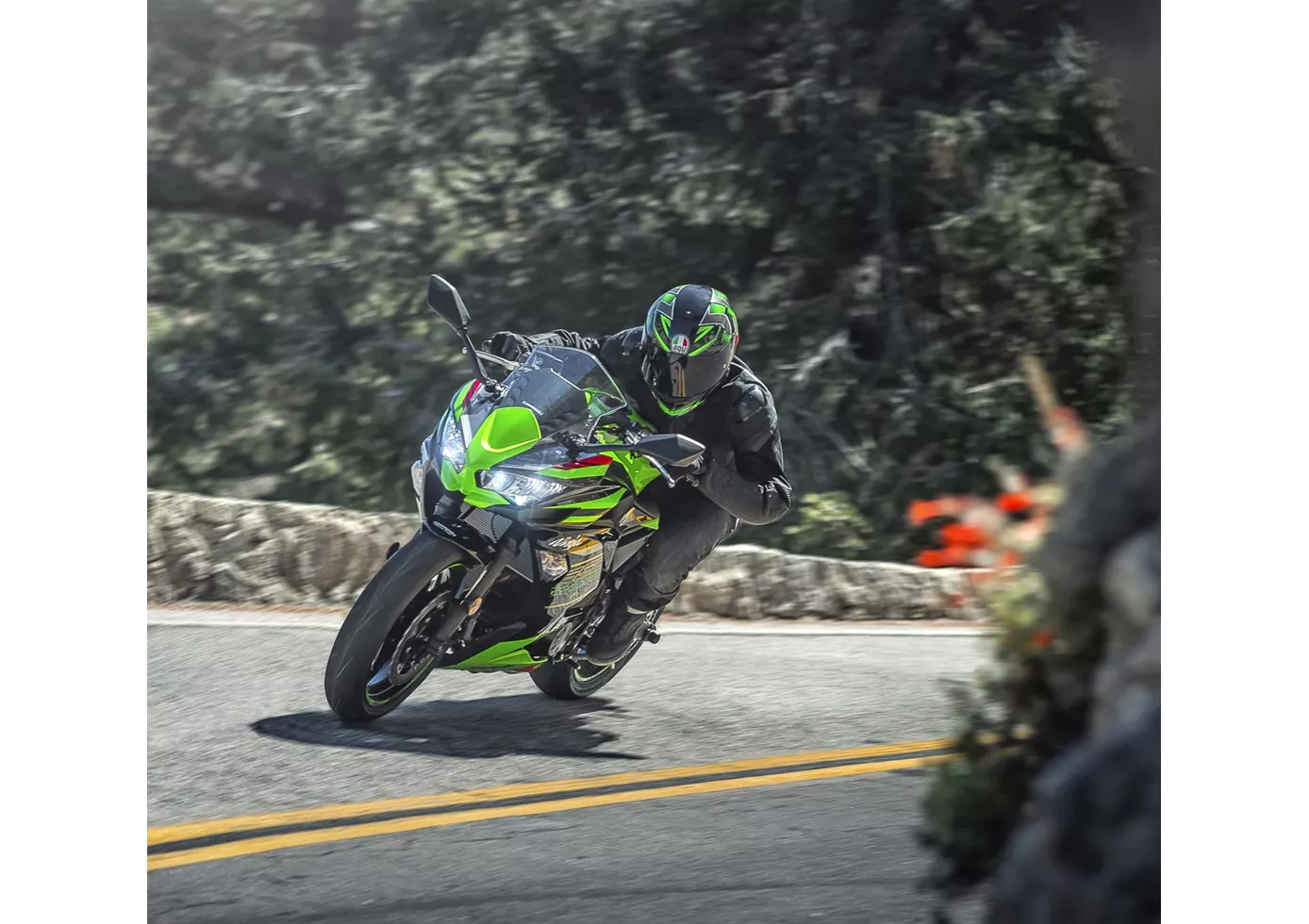
Save the sport tourer! With the Ninja 650, Kawasaki has created an exemplary representative of this class and (hopefully) solved the problem of the new generation. The stable chassis and the decent two-cylinder will delight beginners and advanced riders alike, even at a brisker pace. The front brake is a little too well intentioned, lacking a transparent pressure point despite basically good braking performance. Another plus is the TFT display, which we don't find in the competition at the moment, as well as the grown-up look, which is strongly oriented towards the larger Ninja models.
Kawasaki Z650 2021
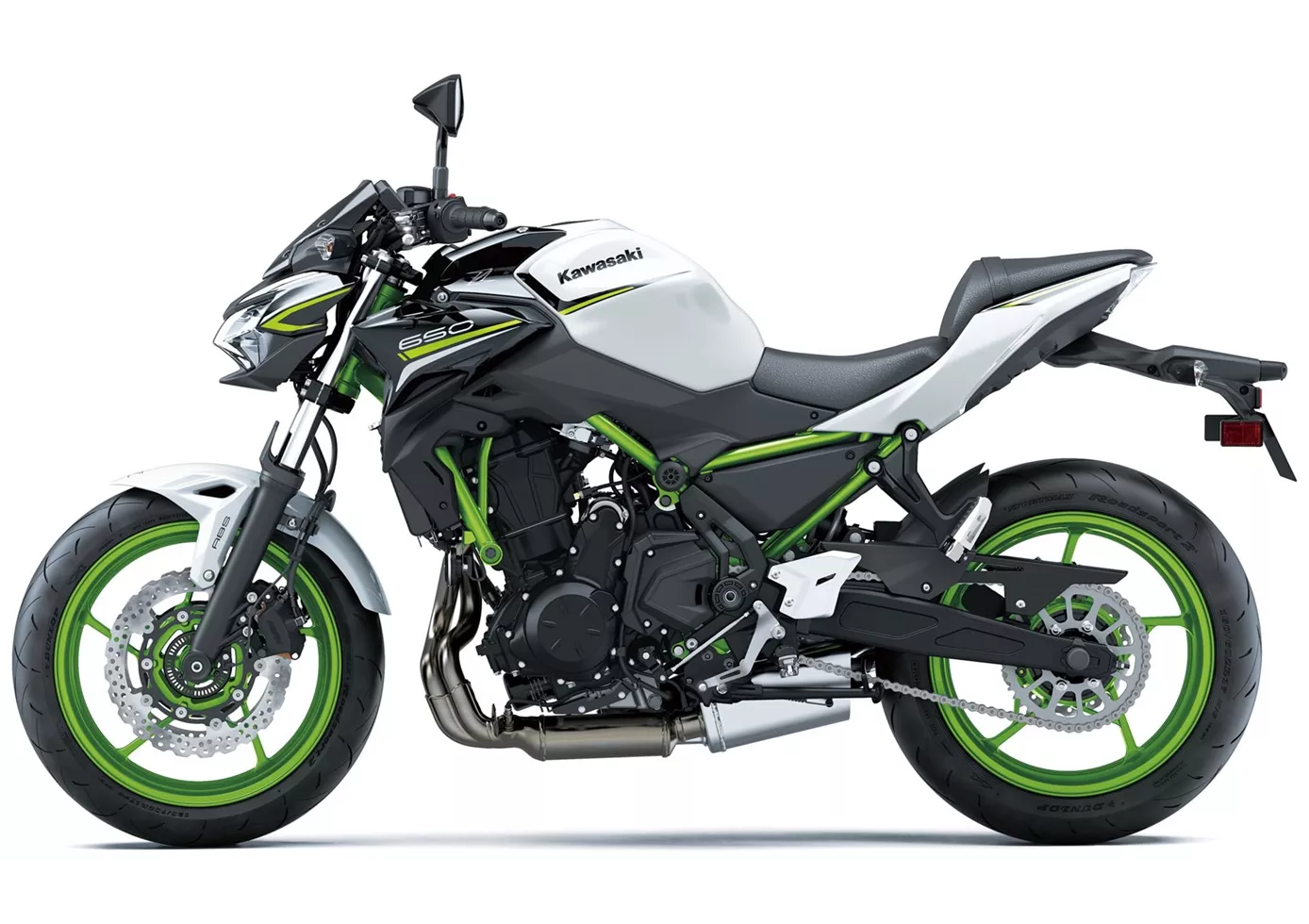
Even in 2021, the Kawasaki Z 650 stands for easy riding with great looks and good equipment. Both seat height and engine are very accessible and will give both experienced riders and newcomers a lot of pleasure. If you are looking for an honest naked bike without any big surprises, this is the bike for you. Due to its compact dimensions, however, you should try it out before buying and perhaps go for the raised seat.
Price Comparison Avarage Market Price Kawasaki Ninja 650 vs Kawasaki Z650
There are a few key differences between a Kawasaki Ninja 650 2020 and a Kawasaki Z650 2021. In terms of price, the actual average price of a Kawasaki Ninja 650 2020 is about 7% higher. Compared to Kawasaki Z650 2021 there are less Kawasaki Ninja 650 2020 bikes available on the 1000PS.de Marketplace, specifically 10 compared to 25. It takes less time to sell a Kawasaki Ninja 650 with 75 days compared to 106 days for a Kawasaki Z650. Since model year 2017 1000PS.de editors have written 20 reviews for the Kawasaki Ninja 650 and 31 reviews for the Kawasaki Z650 since model year 2017. The first review for the Kawasaki Ninja 650 was published on 10/4/2016 and now has more than 79,600 views. This compares to more than 25,000 views for the first review on Kawasaki Z650 published on 11/8/2016.
